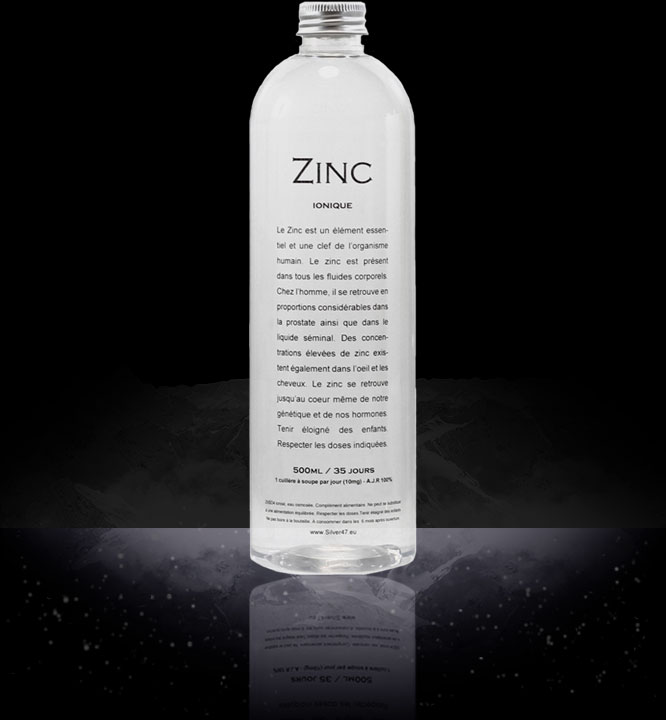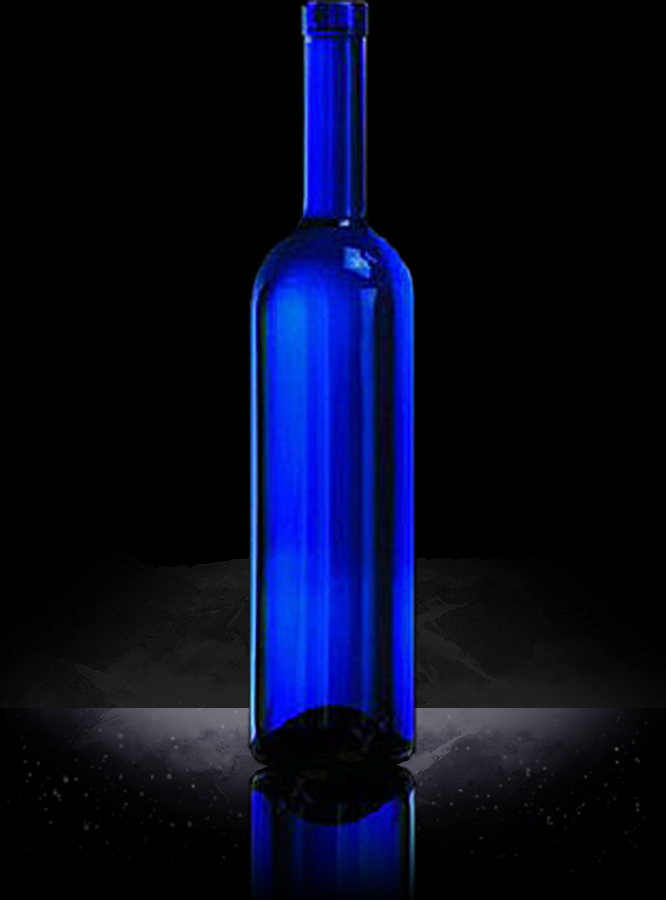

Natural alternatives do exist !
|
The antiviral activity of iodine is superior to that of commercially available synthetic products. It is proven :
inactivate SARS-CoV-2 in vitro with contact times as short as 15 seconds" We know iodine as a universal disinfectant used in hospitals. But did you know that its action is the same in the blood? Iodine concentrated in our organs and tissues is the body's first line of defence against infection. Just as calcium is the building block of the skeleton, or magnesium of the nervous system, iodine is a pathogen killer.
Opinavir, Ritonavir, Remdésivir, Cidofovir: synthetic antivirals are currently being tested on a large scale in China, the United States and Europe. But resistance phenomena are a cause for concern. What about iodine? While we know that iodine's performance is excellent in terms of antibiotic resistance, few studies exist on iodine and antiviral resistance. In the absence of more data, it is not legally or scientifically possible to assert that iodine is a viable treatment for SARS-CoV-2. We know that iodine is effective against SARS-CoV-1, a virus genetically similar to SARS-CoV-2, which caused more than 8,000 cases in 33 countries in 2002. As well as the in-vitro and in-vivo performance of iodine on other viruses, including the most aggressive. In the absence of an official remedy, we will be using iodine as a preventive treatment against SARS-CoV-2, as well as a parallel treatment in the event of positive screening. Just as we already use this substance for all our day-to-day health problems. Like iodine, copper and zinc are excellent antiviral agents and essential to the proper functioning of the immune system. To this list can be added Silver, which according to current knowledge does not however appear to belong to the list of essential elements (= constitutive and essential to life). To learn more about iodine's other functions in the human body, please consult our full article here ___________________________ The chlorine atom is the central element in the chloroquine molecule. Without chlorine, chloroquine's efficacy falls by 90%. It's an interesting parallel, since once again we're dealing with a mineral element that outperforms synthetic treatments. We also know that SARS CoV-2 does not survive in chlorinated swimming pool water. In the treatment of malaria, a 2012 Indian study suggests that iodine is more effective than chlorine. The two elements Iodine (53) and Chlorine (17) belong to the same family, the halogens, and are chemically very similar. Personal comments Iodine is dramatically undervalued in the treatment of human disease. To the benefit of synthetic molecules created and patented by drug manufacturers. The proof: although the efficacy of iodine as a broad-spectrum antiviral has been documented for more than 150 years, its exact mechanism of action is virtually unknown. This paradox is inexplicable other than by a voluntary disinterest of private research programs. Also, unfortunately, by the low utility of public research programs. Antiseptics in the era of bacterial resistance : a focus on providing iodine https://www.openaccessjournals.com/articles/antiseptics-in-the-era-of-bacterial-resistance-a-focus-on-povidone-iodine.pdf Preventing and treating diseases with iodine https://www.medicalacademic.co.za/integrative-medicine/preventing-and-treating-diseases-with-iodine/ Antiseptics and Disinfectants: Activity, Action, and Resistance https://www.ncbi.nlm.nih.gov/pmc/articles/PMC88911/ Consignes de désinfection de l'ECDC https://www.ecdc.europa.eu/sites/default/files/documents/coronavirus-SARS-CoV-2-guidance-environmental-cleaning-non-healthcare-facilities.pdf t. WHO list of essential medicine https://apps.who.int/iris/bitstream/handle/10665/325771/WHO-MVP-EMP-IAU-2019.06-eng.pdf |



